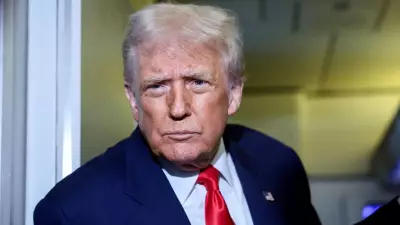
In a significant geopolitical maneuver that could reshape global supply chains, former US President Donald Trump is hosting leaders from Central Asian nations in a strategic push to circumvent China's dominant position in the rare earth metals market.
The Geopolitical Chessboard
The high-level meeting brings together representatives from Kazakhstan, Kyrgyzstan, Tajikistan, Turkmenistan, and Uzbekistan—collectively known as the C5+1 format. This diplomatic initiative represents Washington's most concerted effort to date to establish alternative sources for the critical minerals that power modern technology.
Why Rare Earth Metals Matter
Rare earth elements have become the lifeblood of 21st-century technology, essential for manufacturing everything from smartphones and electric vehicles to advanced weapons systems and renewable energy infrastructure. Currently, China controls approximately 60-70% of global rare earth mining and an even larger share of processing capacity, giving Beijing substantial leverage in international trade and technology sectors.
Strategic Implications
This diplomatic offensive carries multiple strategic objectives:
- Supply Chain Diversification: Reducing American dependence on Chinese rare earth exports
- Economic Opportunity: Creating new partnerships with resource-rich Central Asian nations
- Technological Independence: Securing materials crucial for maintaining US technological leadership
- Geopolitical Positioning: Countering China's Belt and Road Initiative influence in the region
Central Asia's Untapped Potential
Central Asian countries possess substantial mineral wealth that remains largely underdeveloped. Kazakhstan alone has identified significant deposits of rare earth elements, while other nations in the region have shown potential for various critical minerals essential for high-tech industries.
Broader Diplomatic Context
The meeting occurs against the backdrop of shifting global alliances and increasing competition for strategic resources. The Trump administration's outreach to Central Asia marks a notable expansion of Washington's engagement with a region traditionally within Russia's sphere of influence and increasingly courted by China.
This development signals a potentially major realignment in global resource politics, as the United States accelerates efforts to build China-independent supply chains for the minerals that will define the technological landscape of coming decades.





